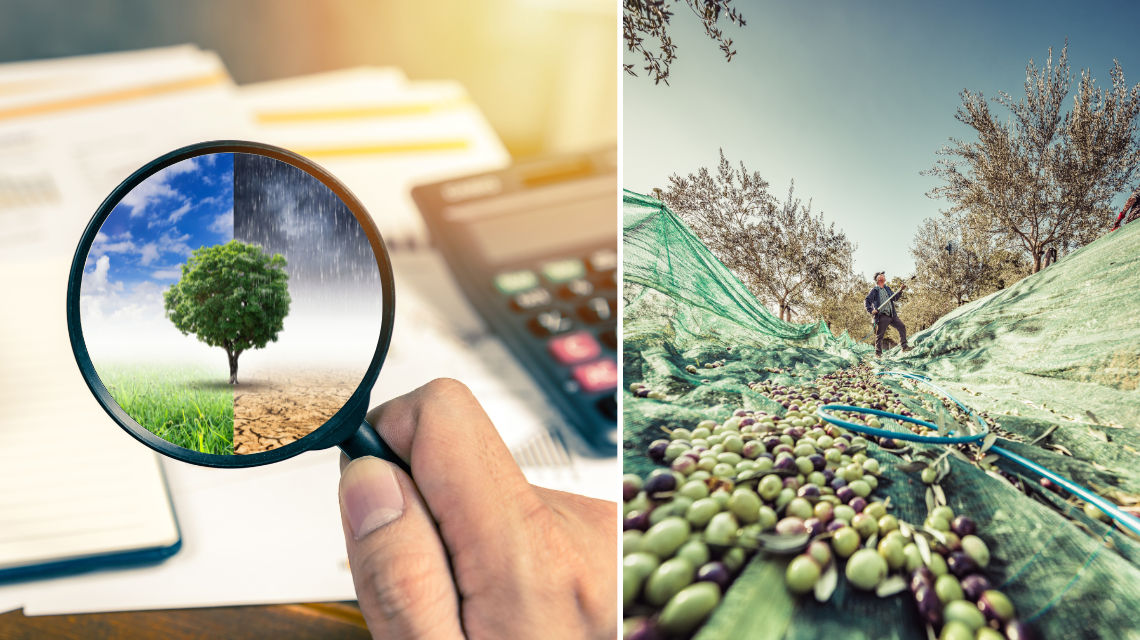Italian National Agency for New Technologies, Energy and Sustainable Economic Development

Agriculture: From ENEA a predictive model to harvest olives
Providing farmers with a predictive model to forecast olive crop yield, which allows them to redesign the agronomic practices to be adopted is the objective of a study conducted by ENEA with the Cnr and the University of California at Berkeley (United States), which identified the main seasonal climate stress factors responsible for bad harvests. The findings of the study, based on data from 66 Italian provinces from 2006 to 2020, were published in the Journal Agronomy and Crop Science.
“Our analysis showed that exceptionally poor harvests have occurred more frequently since 2014 after relatively warm winters. This happens because the dormant period becomes increasingly shorter, altering its life cycle and consequently flowering and pollination", explained Luigi Ponti, researcher at the ENEA Laboratory of Sustainability, Quality and Safety of Agri-Food Production and co-author of the study with Arianna Di Paola, Edmondo Di Giuseppe and Massimiliano Pasqui of the Cnr and with Andrew Paul Gutierrez (University of California at Berkeley).
Using high-resolution land use data (up to 300 metres) and 23 climatic variables[1] we were able to develop a forecast index three times more accurate than the variables taken individually.
In addition to summer drought, the study shows that the main determinant of crop loss is humid and cool summers because they present the ideal conditions for the spread of female olive flies[2], just as milder winter temperatures reduce the mortality of the pupae of this parasite resulting in an increased risk of epidemics for the following season.
“Changes in soil properties can alter yield stability, but are a slow process. Conversely, seasonal climate stressors can have a rapid and significant impact on crop yield and pest control costs. Therefore, developing innovative methodologies is a key factor to achieve high and stable agricultural production", said Ponti.
The study was supported by two projects of national and international importance coordinated by ENEA, Tebaka[3]" and MED-GOLD[4], which aim to support the olive, vine and wheat agri-food systems, part of the UNESCO world heritage of Mediterranean diet.
Italy ranks among the world's largest oil producers in terms of quality and quantity. 80% of national production is concentrated in 24 provinces distributed mostly in the centre, south and islands where olive cultivation still follows traditional agricultural practices.
Notes
[1] For example, precipitation, drought and the average maximum temperature recorded in the periods of January-February, July-August and September-October.
[2] The number of generations completed before winter in Mediterranean Europe varies from two to five. The greater the number of generations with high survival rates, the greater the risk of damage caused by the olive fruit fly.
[3] Funded by the Ministry of Education as part of “PON Research and Innovation 2014-2020.
[4] Funded by the European Union's Horizon 2020 research and innovation programme.
